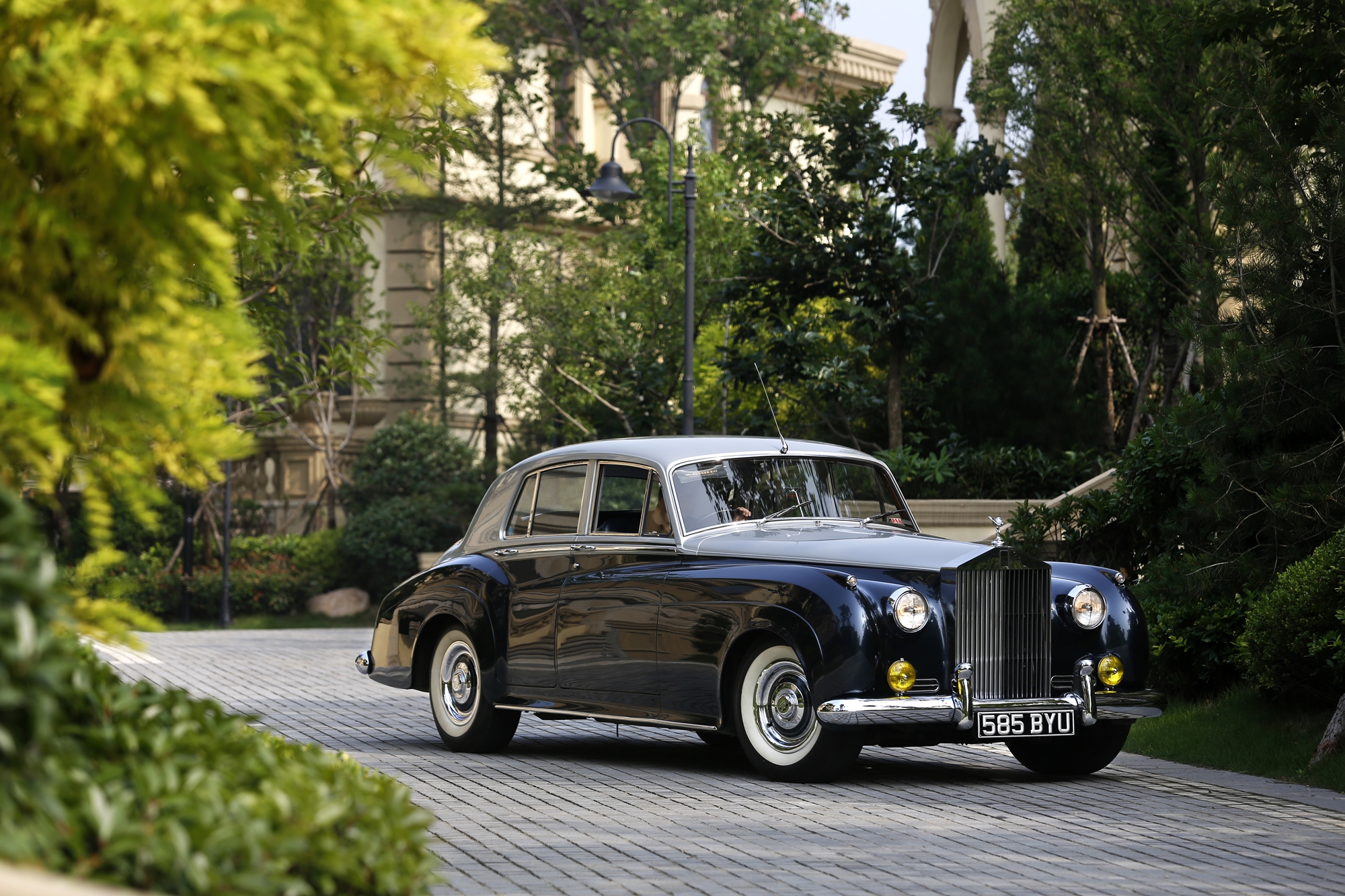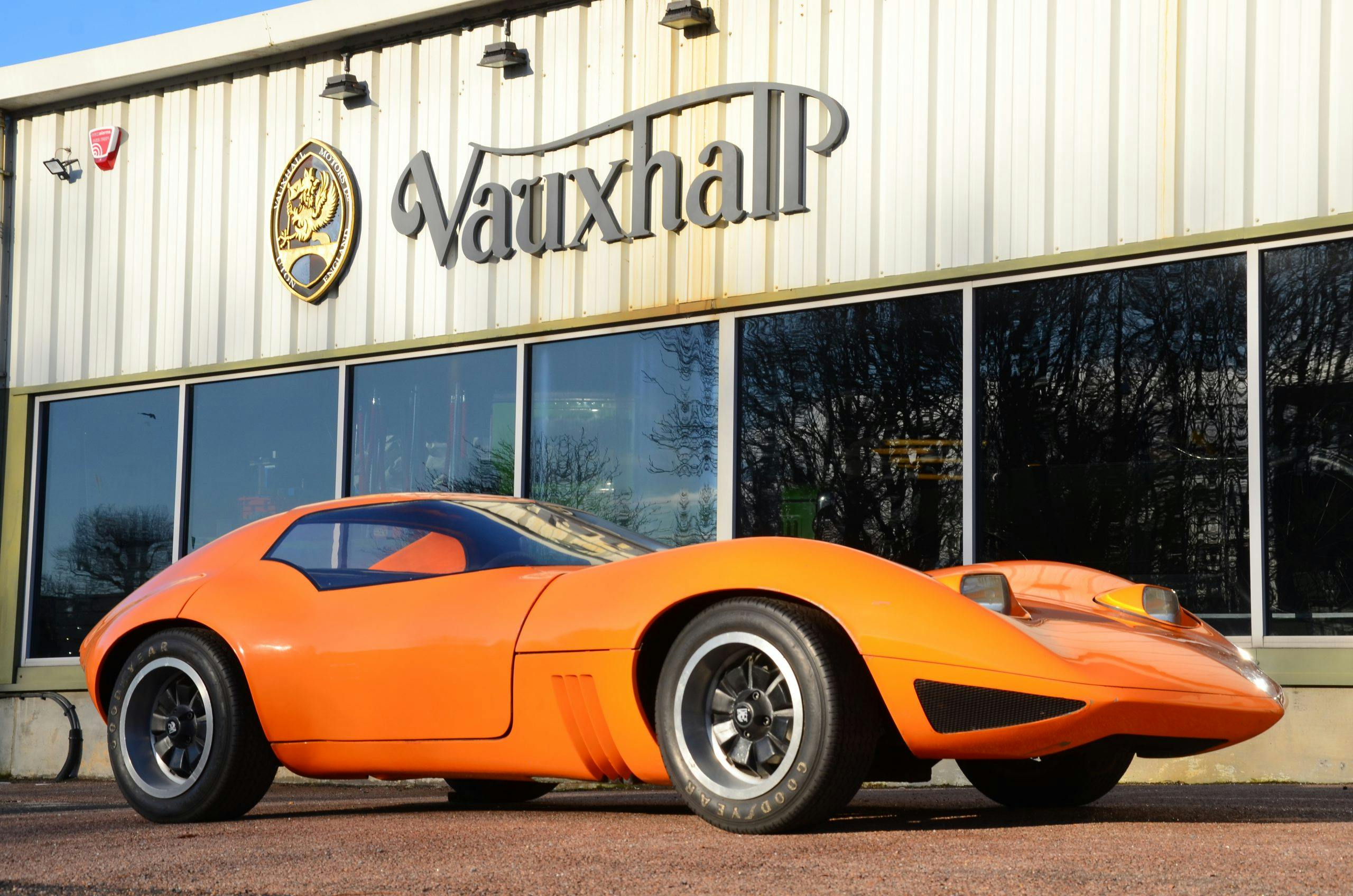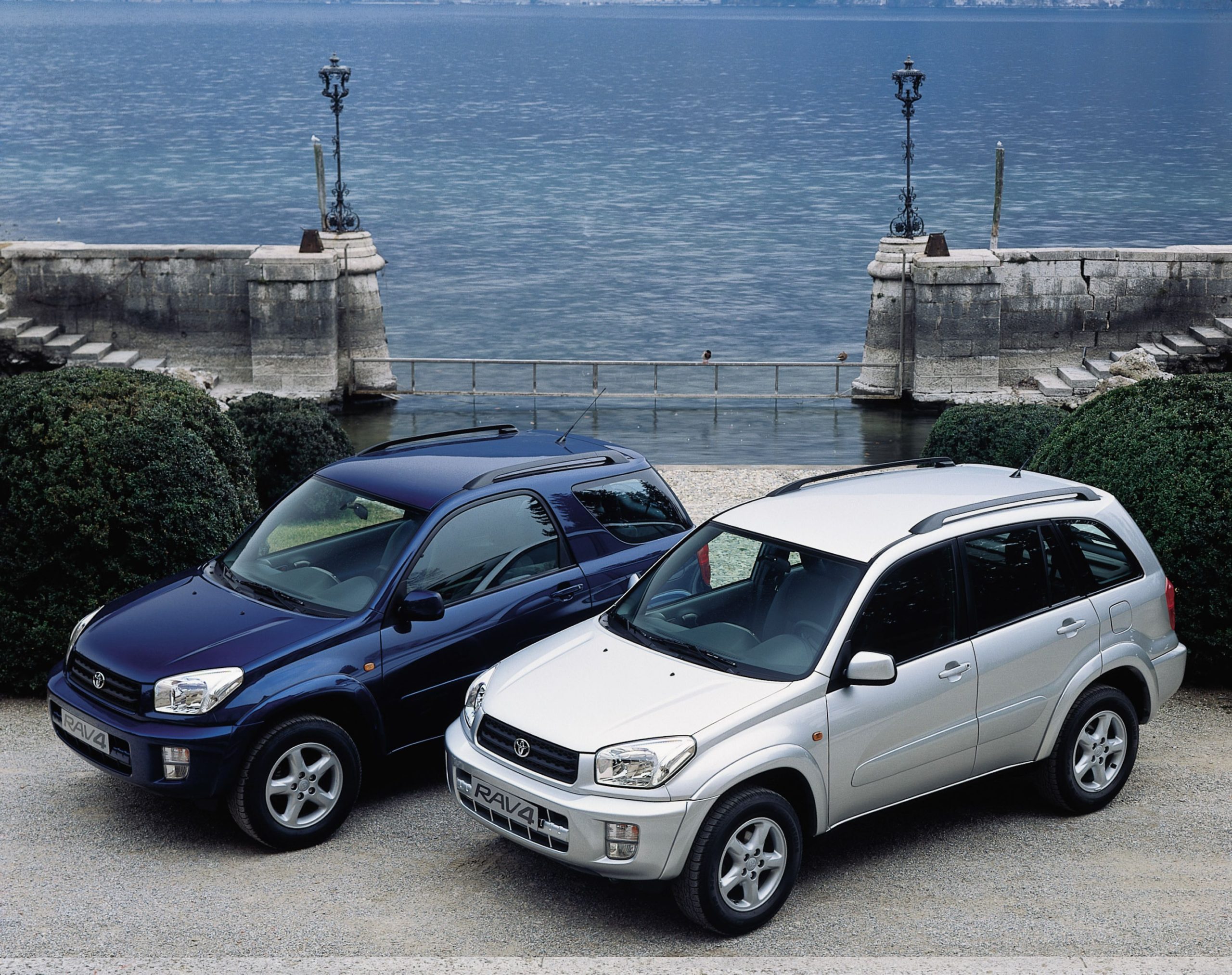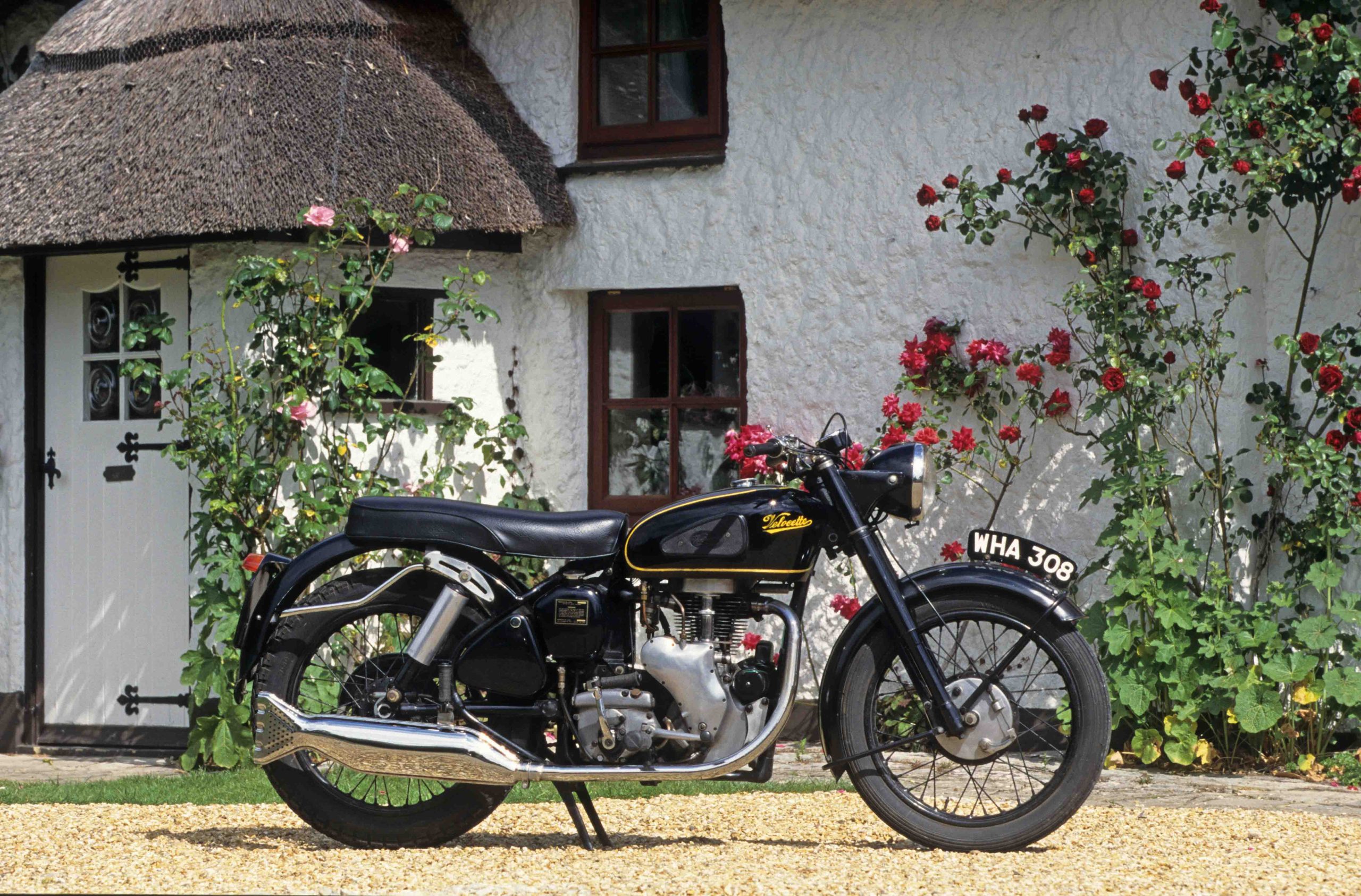Sounding uncannily like Christoph Waltz as 007’s nemesis Ernst Stavro Blofeld in Spectre, Roll-Royce boss Torsten Müller-Ötvös is unveiling the British brand’s first electric car. Coincidentally, it’s named Spectre.
“It is the world’s first ultra-luxury super coupé,” he announced in a tone suggesting plans for global domination. “It is a Rolls-Royce first and an electric car second, with perfect waftability, serenity, and silence.”

Spectre is a 120-year-old “prophecy fulfilled” for Rolls-Royce. When Charles Stewart Rolls acquired a Columbia Electric Carriage in 1900 he declared: “The electric car is perfectly noiseless and clean. There is no smell or vibration. They should become very useful when fixed charging stations can be arranged.”
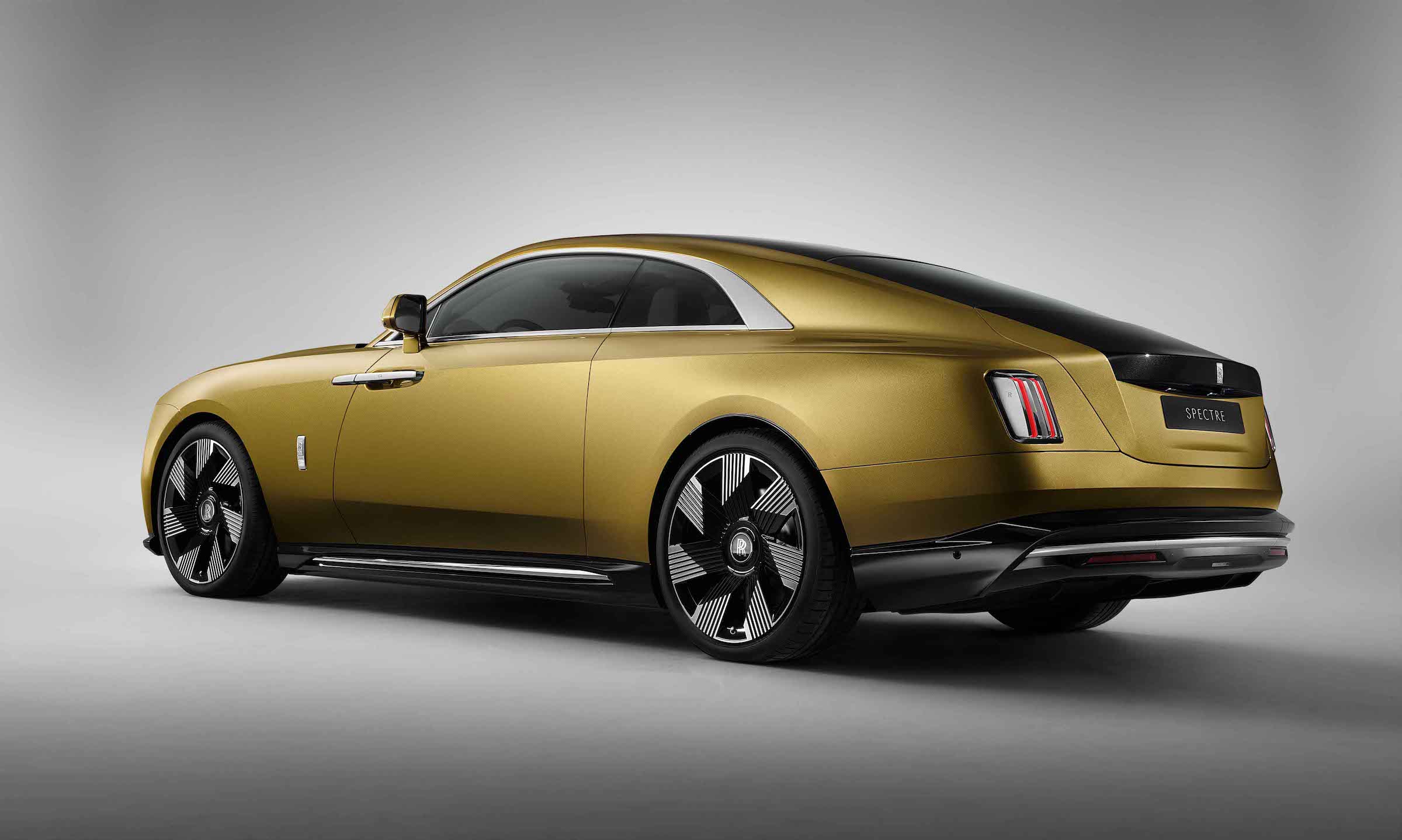
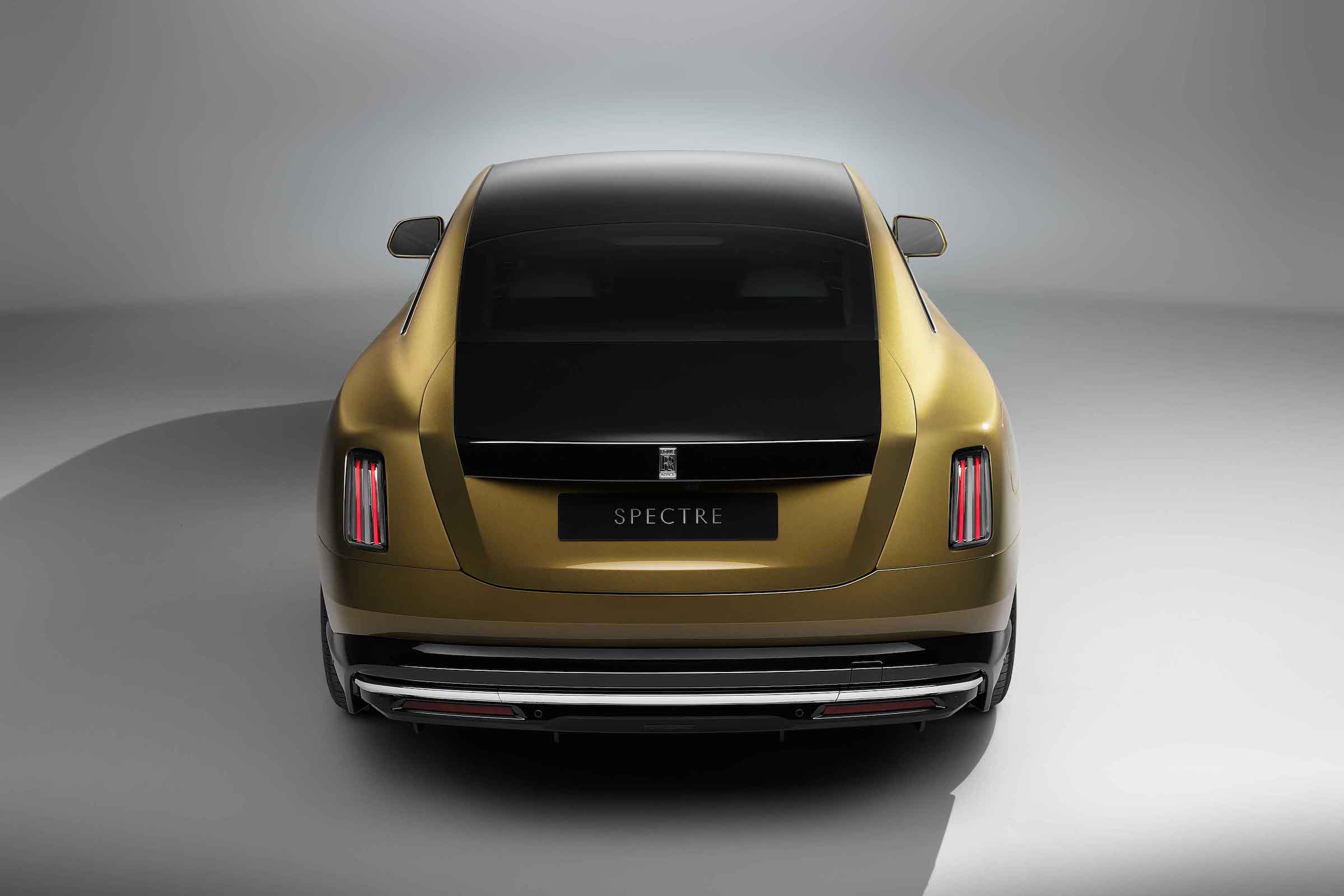
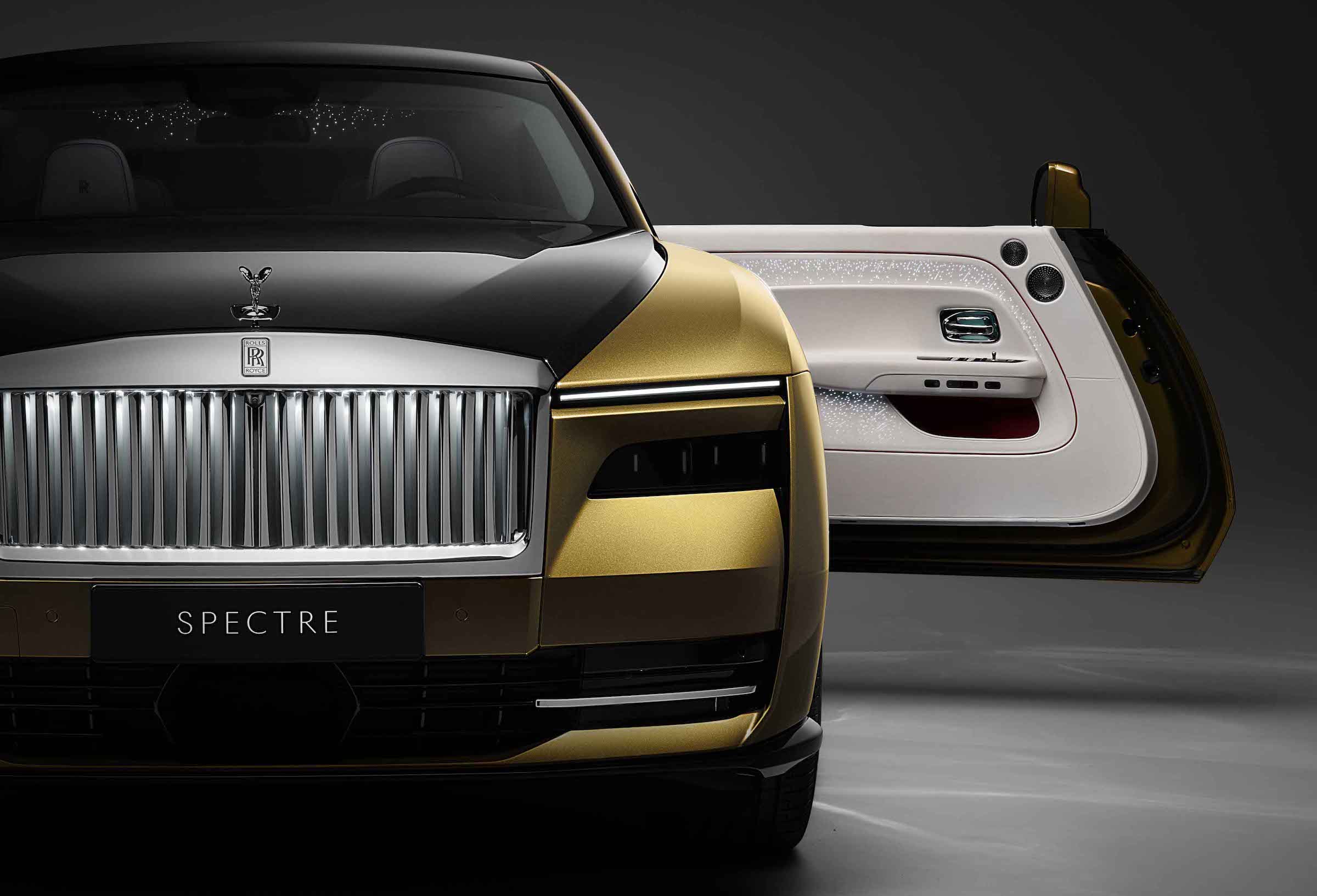
The über coupé represents the first part of Rolls’ promise to phase out combustion power by 2030. Although it takes up a place in the range vacated by the Dawn and Wraith, it’s actually more of a successor to the Phantom Coupé. The coach doors are the biggest ever seen on a Roller, making an arrival or departure a significant event. That’s important: nobody will hear you coming or going, such is the Spectre’s refinement.
Spectre is the most aerodynamic car to leave the Goodwood factory, with the vanes of the illuminated Pantheon grille designed to help direct airflow around the front of the car. Even the Spirit of Ecstasy herself has undergone cosmetic surgery to fly through the air more efficiently with the net result being a Cd figure of just 0.25.
Riding on 23-inch wheels, the Spectre presents a “monolithic” profile – supremely solid, yet simply elegant. Rolls-Royce’s designers claim to have been inspired by the world’s of yachting, fashion, art, and sculpture, and their influence is most obvious in the steeply raked rear end.
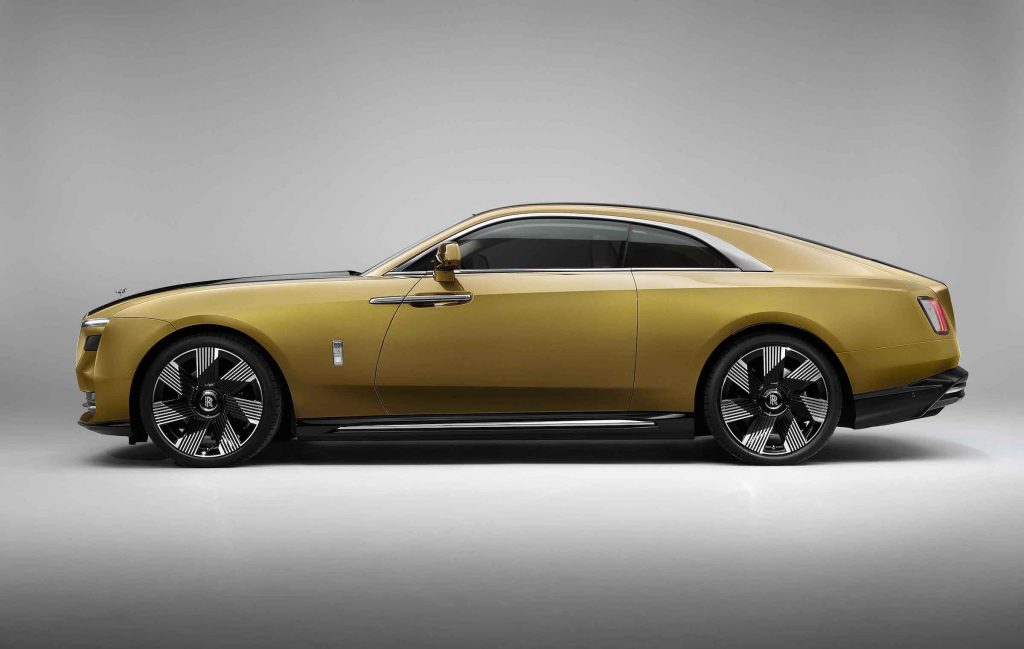
The interior is, like that of any Rolls, almost infinitely customisable in sumptuous materials and colours, but a key feature of all examples will be the incredible illumination. The fascia surrounds the Spectre nameplate with a cluster of a further 5500 stars and the optional Starlight doors feature 4796 softly glowing pinpricks, while roof lining contains still more constellations.
“Digital architecture of luxury” is how Rolls-Royce describes the screens providing information, entertainment, and connectivity but thankfully not the car’s ventilation controls, which have proper switches.
The Spectre rides on an all-aluminium spaceframe which is 30 per cent stiffer than before and houses 700kg of batteries beneath the floor, which also double as sound-deadening. Those cells power a 430 kW (577bhp) electric drive system, with a mighty 664lb ft of torque which is enough to accelerate the Spectre to 62mph from a standstill in 4.4 seconds. Range, as calculated on the European WLTP cycle, is a claimed 320 miles. Take that with a pinch of the finest rock salt.
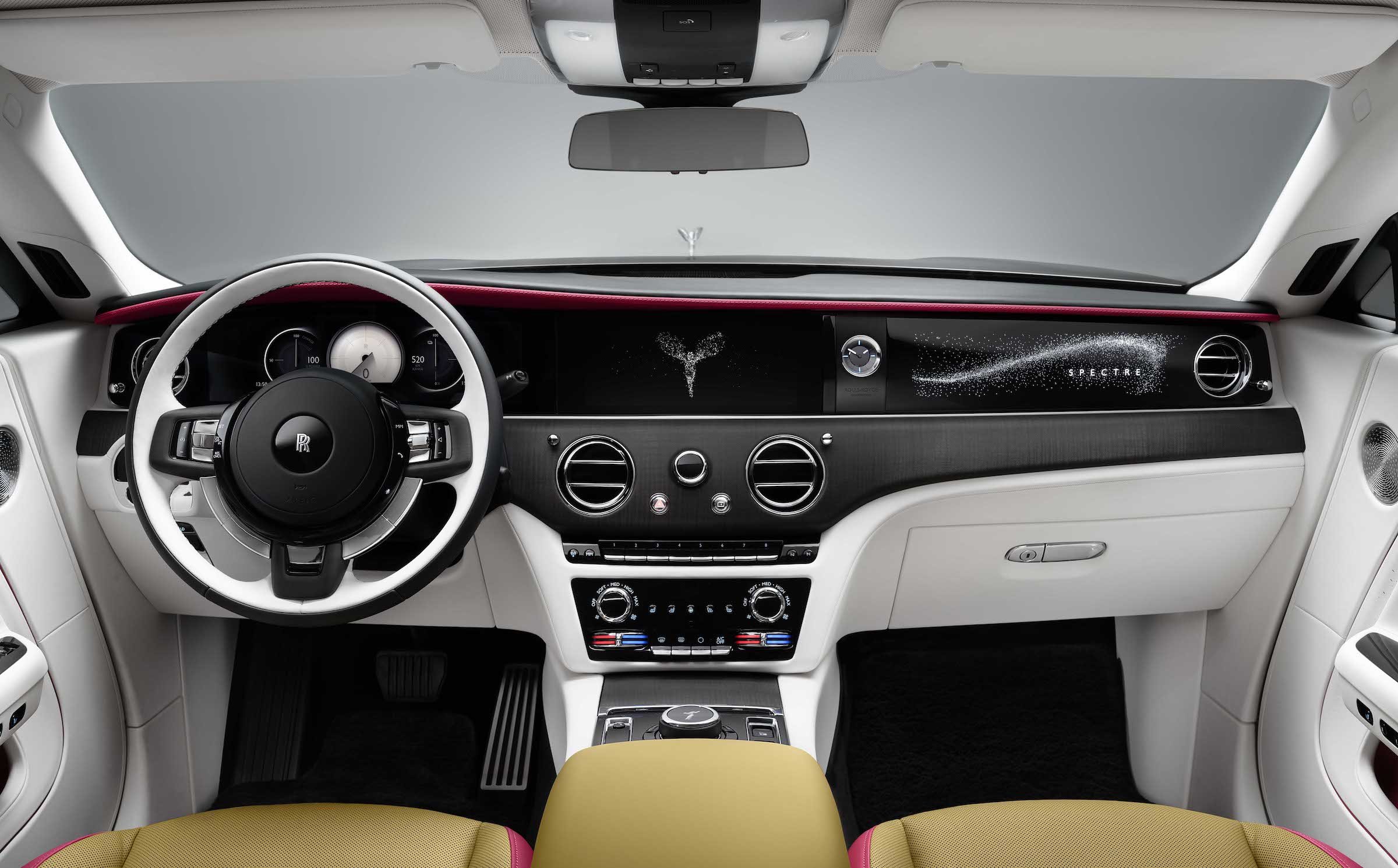
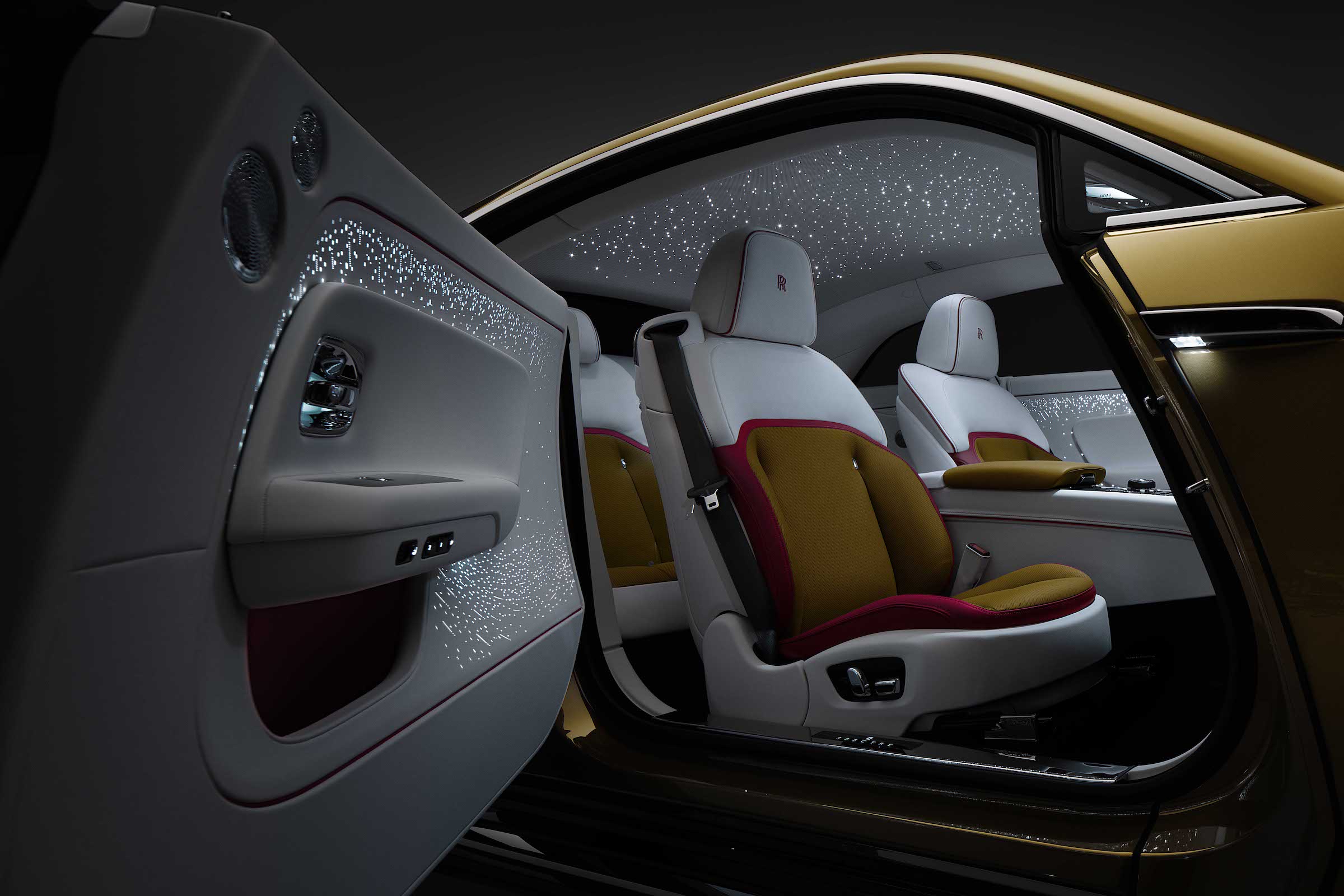
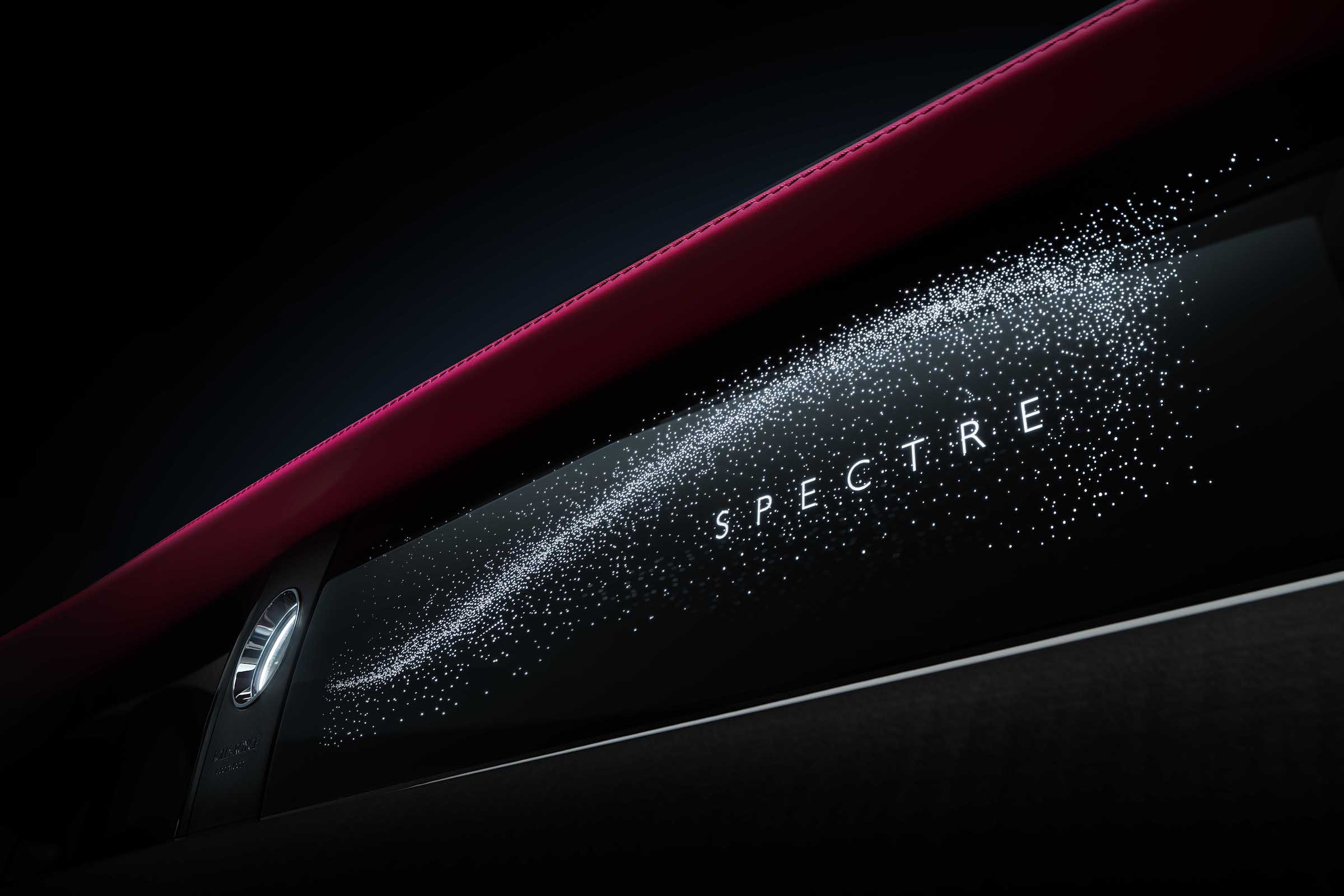
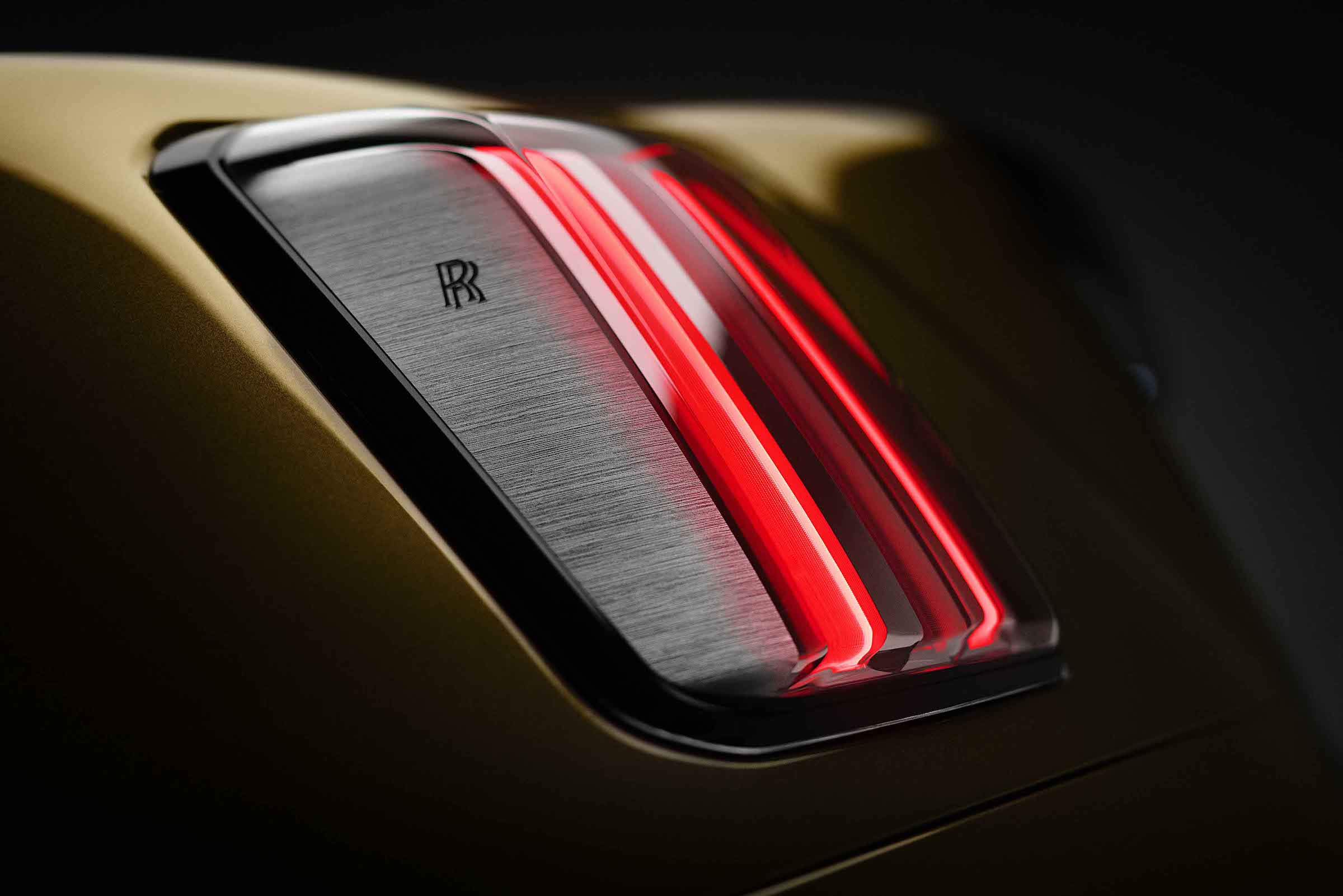
At 2975kg the Spectre is no lightweight, but its Planar active suspension system constantly monitors and adjusts the car to maintain a “magic carpet ride” at all times, while also keeping cornering roll in check.
Having undergone the most rigorous testing program of any Rolls in the company’s history, racking up over 1.5 million miles from the Arctic to Africa, the Spectre is available to order now with deliveries towards the end of 2023 priced between the Cullinan SUV and Phantom – so somewhere in the low £300,000 range.
This article was originally published on Hagerty US.
Read more
Rolls-Royce Camargue video: “You feel privileged driving it” | Hagerty UK Bull Market List
Buying Guide: Rolls-Royce Silver Shadow (1965 – 1980)
Oasis’ Rolls-Royce: D’you know where it is?



